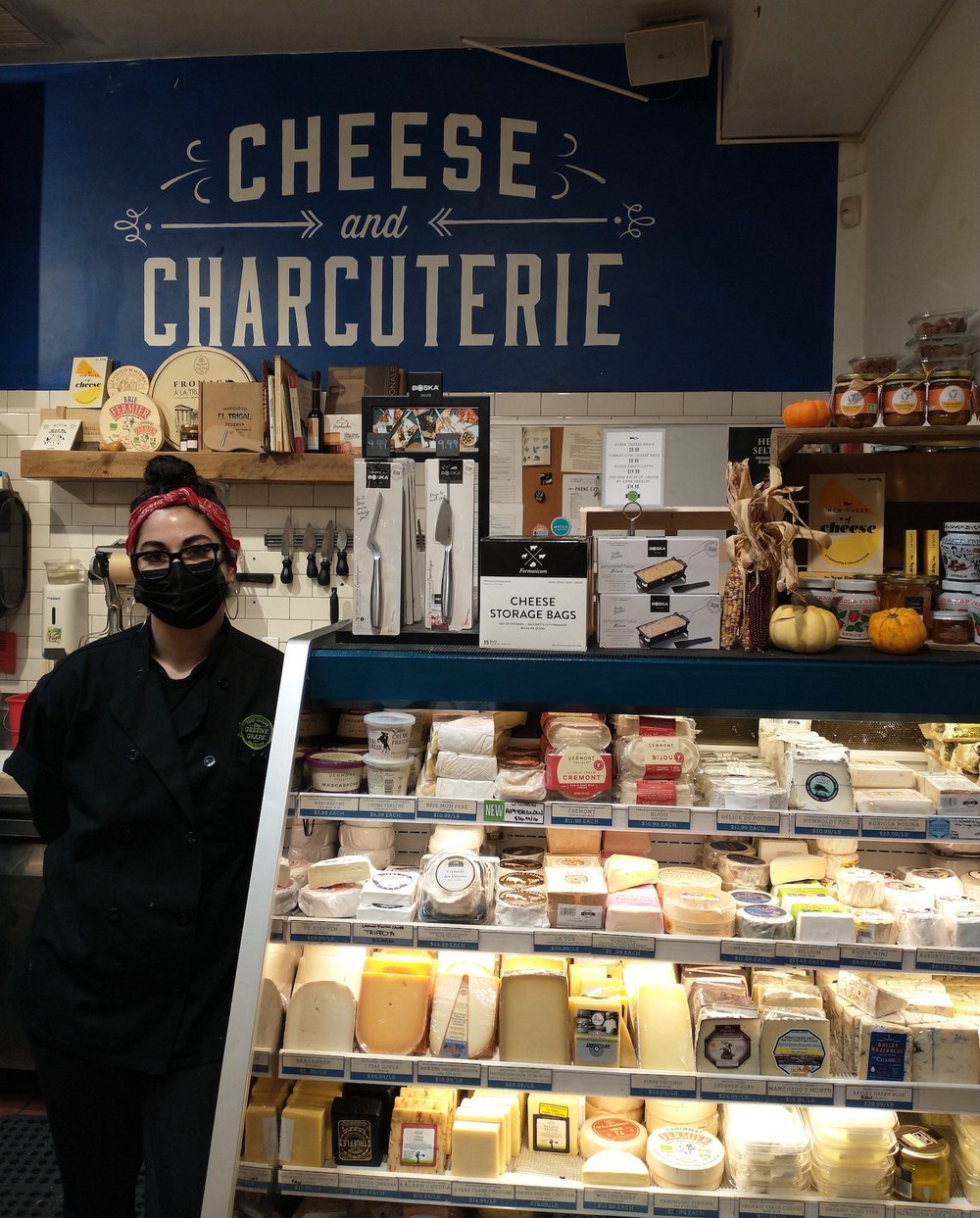
“If I had a dollar for every time someone asked if I was available to wrap their Christmas presents, I would have so many dollars,” says The Greene Grape’s Emilia D’Albero, a cheesemonger and finalist at 2021’s Cheesemonger Invitational. And it’s no wonder that people enquire about this, when you see the beautiful, sharp parcels she is able to achieve with a minimum of fuss, time, and frankly, tape.
One of the Cheesemonger Invitational challenges for the finalists is to wrap as many quarter-pound pieces of cheese they can in one minute. Looking at D’Albero’s expertly wrapped examples, I wonder if I could get even one done in a minute’s time. Or even 10 minutes’ time.
“You’re not going to be amazing at it the first time, it just takes practice,” D’Albero says, encouragingly. “But it’s definitely not as hard as it looks.”
Since you may already be in the habit of wrapping boxes during this time of year, what better time to apply that practice toward the wrapping of cheese? With D’Albero’s help, let’s take a look at the why and how of wrapping cheese like the pros do.
Wrap Your Cheese After You Bring it Home

You may wonder why you even need such a skill when there are skilled cheesemongers like D’Albero in the world to do it for you, but there are instances when being able to successfully wrap your own cheese comes in handy.
You may source your cheeses from a counter where they are cut to order and wrapped for you, but not everyone has access to specialty cheese retailers, and everyone encounters pre-cut cheeses sometimes.“Plastic wrap is the enemy of cheese,” admits D’Albero, “but people eat with their eyes, and if retail pieces were wrapped in cheese paper nobody would ever buy anything.” Thus, when you purchase cheese wrapped in plastic, the best thing you can do for the flavor and life of your cheese is to re-wrap it in cheese paper when you bring it home. D’Albero uses Formaticum paper, which she likes for its quality and ability to keep cheese fresh, and which also offers user-friendly cheese bags if you remain skeptical of your ability to achieve sharp, cheese-wrapping angles.
Consult Cheese Wrapping How-To Videos
“My biggest advice for people who want to get better at wrapping cheese would be to watch videos,” says D’Albero. Even the pros have to start somewhere, and high-volume, hands-on cheese wrapping experience can be hard to come by until one is actually employed as a cheesemonger. Fortunately, the internet is an amazing place that makes all things possible, including cheese-wrapping tutorials.
D’Albero recommends this short, cheese-wrapping video from Neal’s Yard Dairy, which demonstrates 2 different wrapping techniques on 4 different cheeses in about 3 minutes’ time, with the thesis that this covers any and all cheese styles and shapes you may ever need to wrap.
Techniques for Cheese-Wrapping
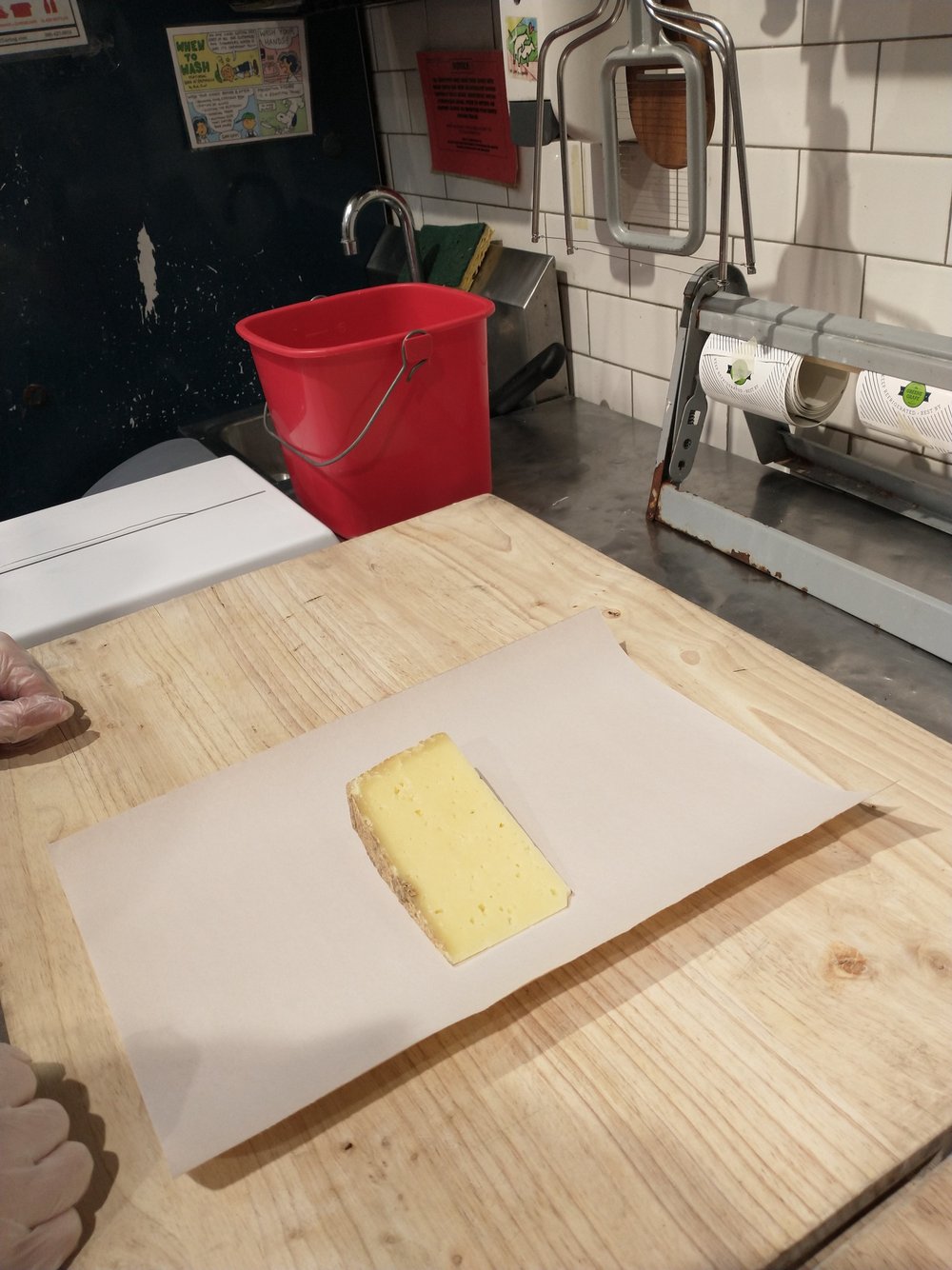
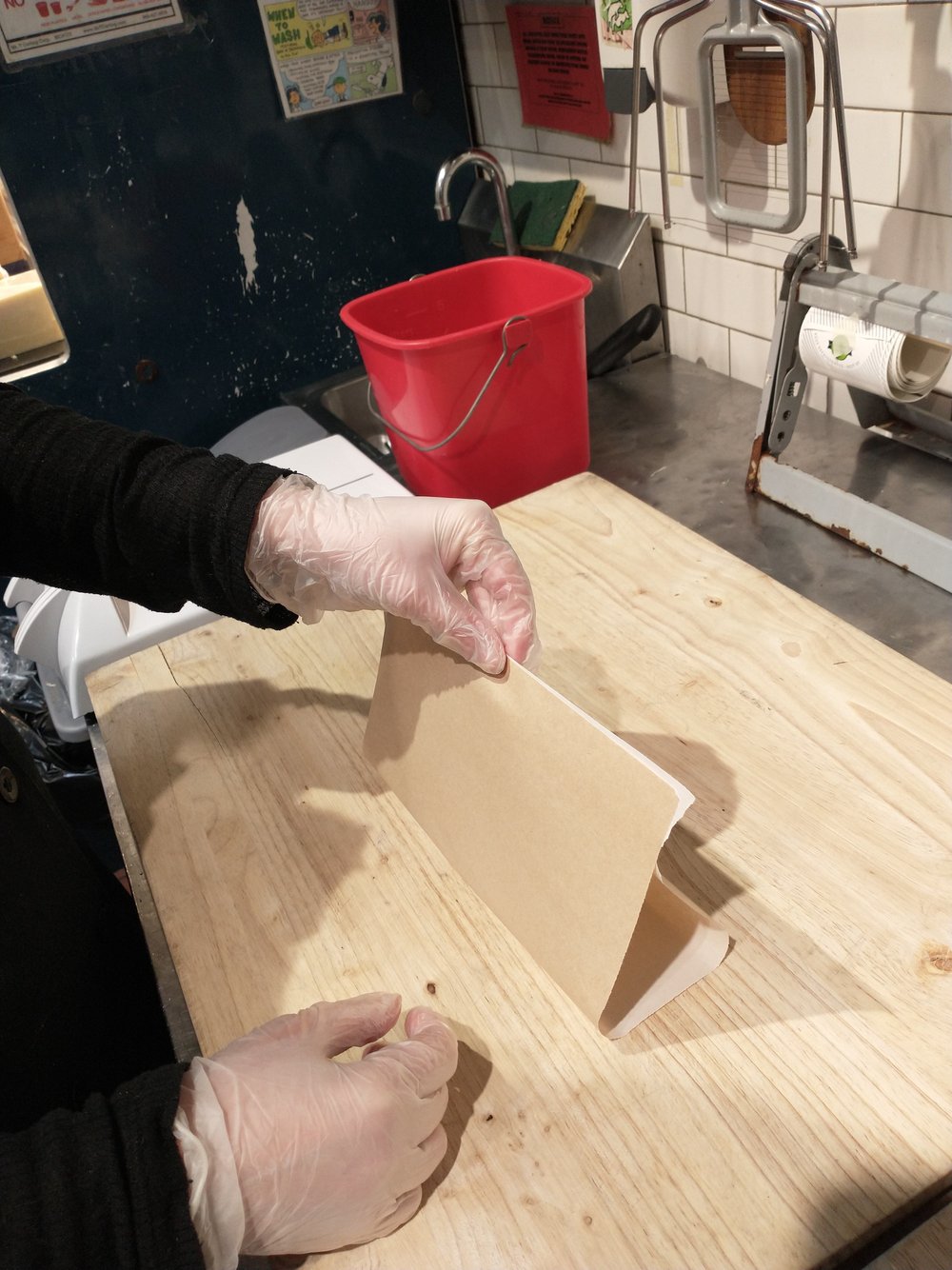
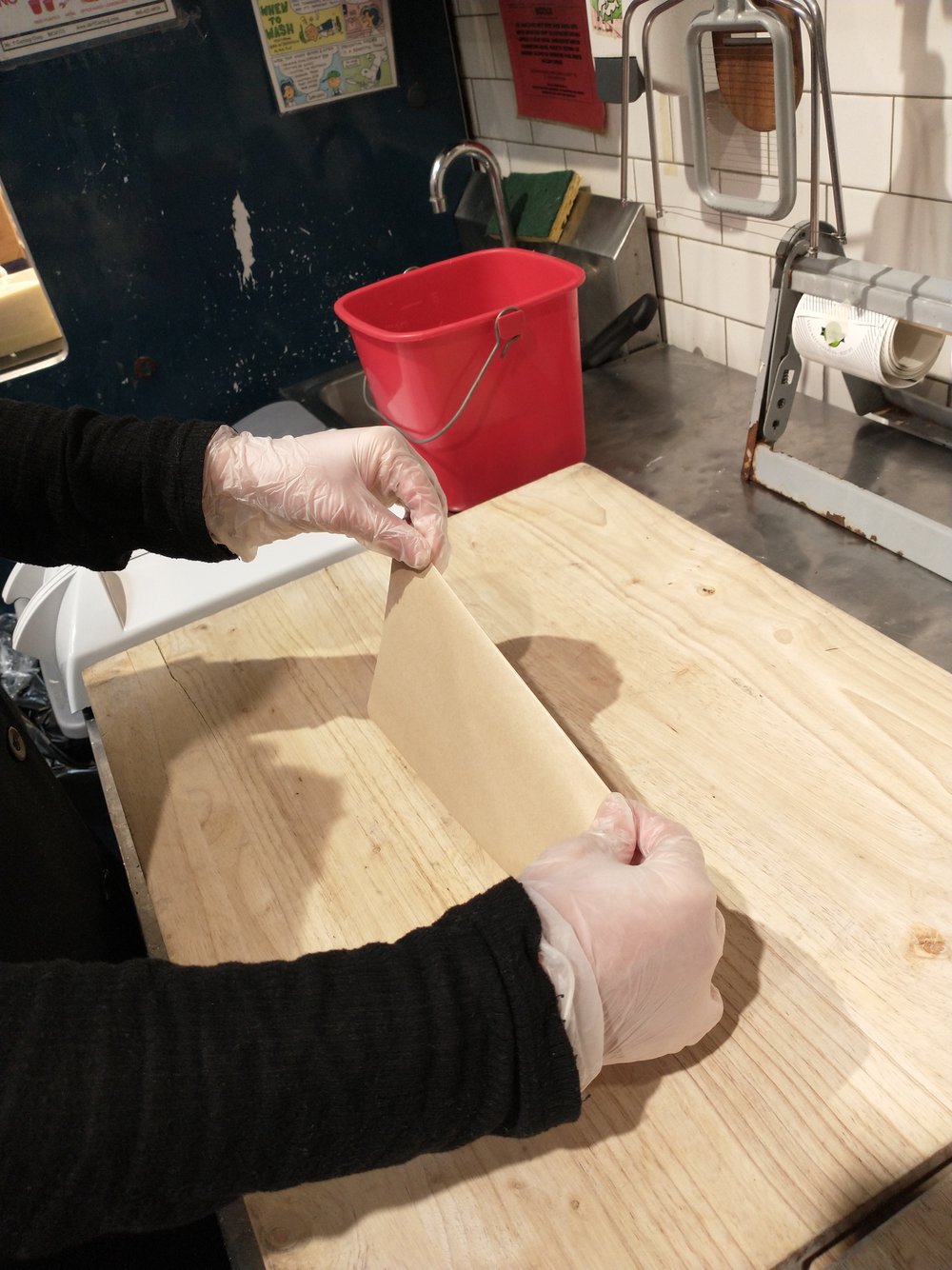
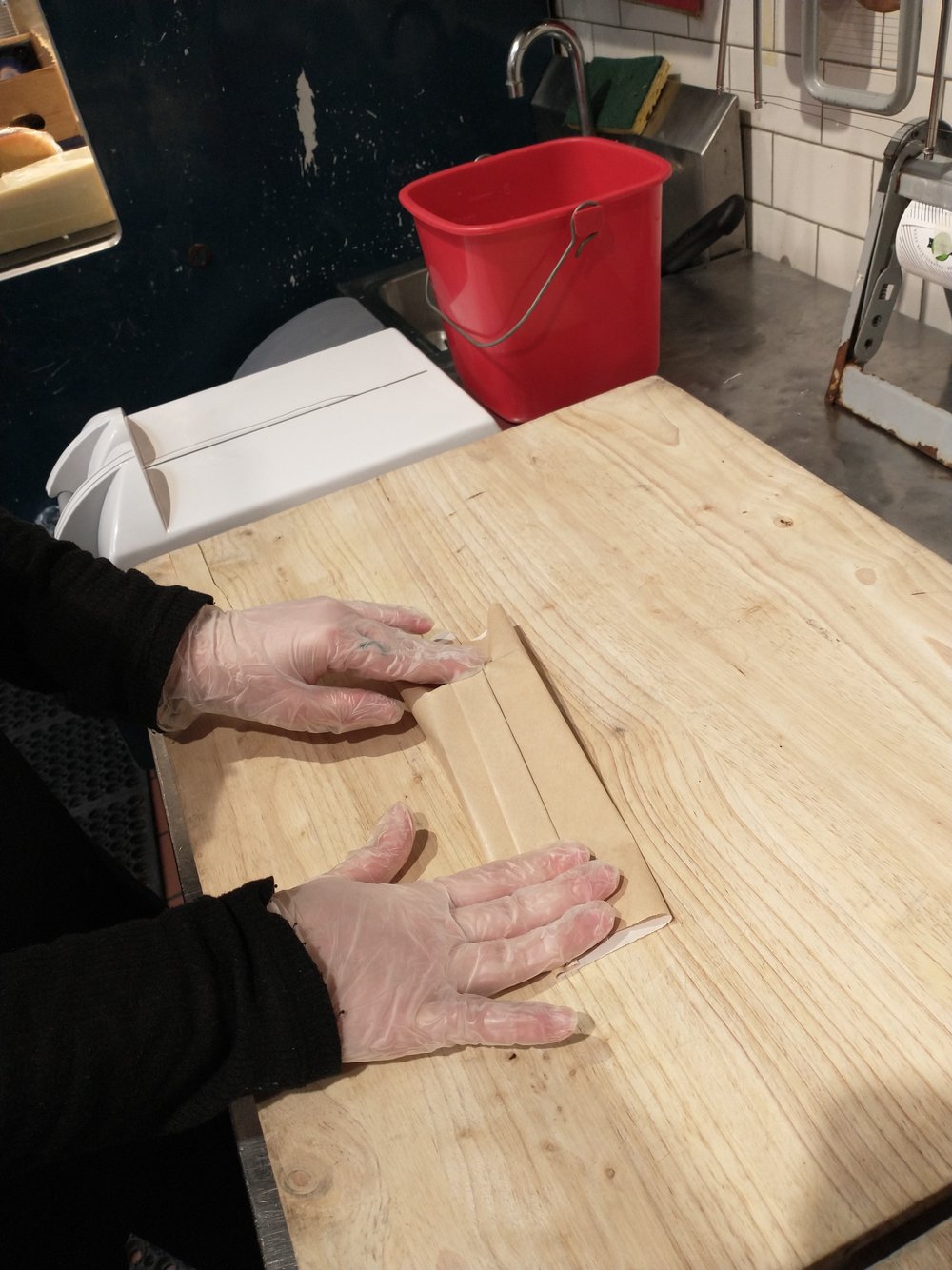
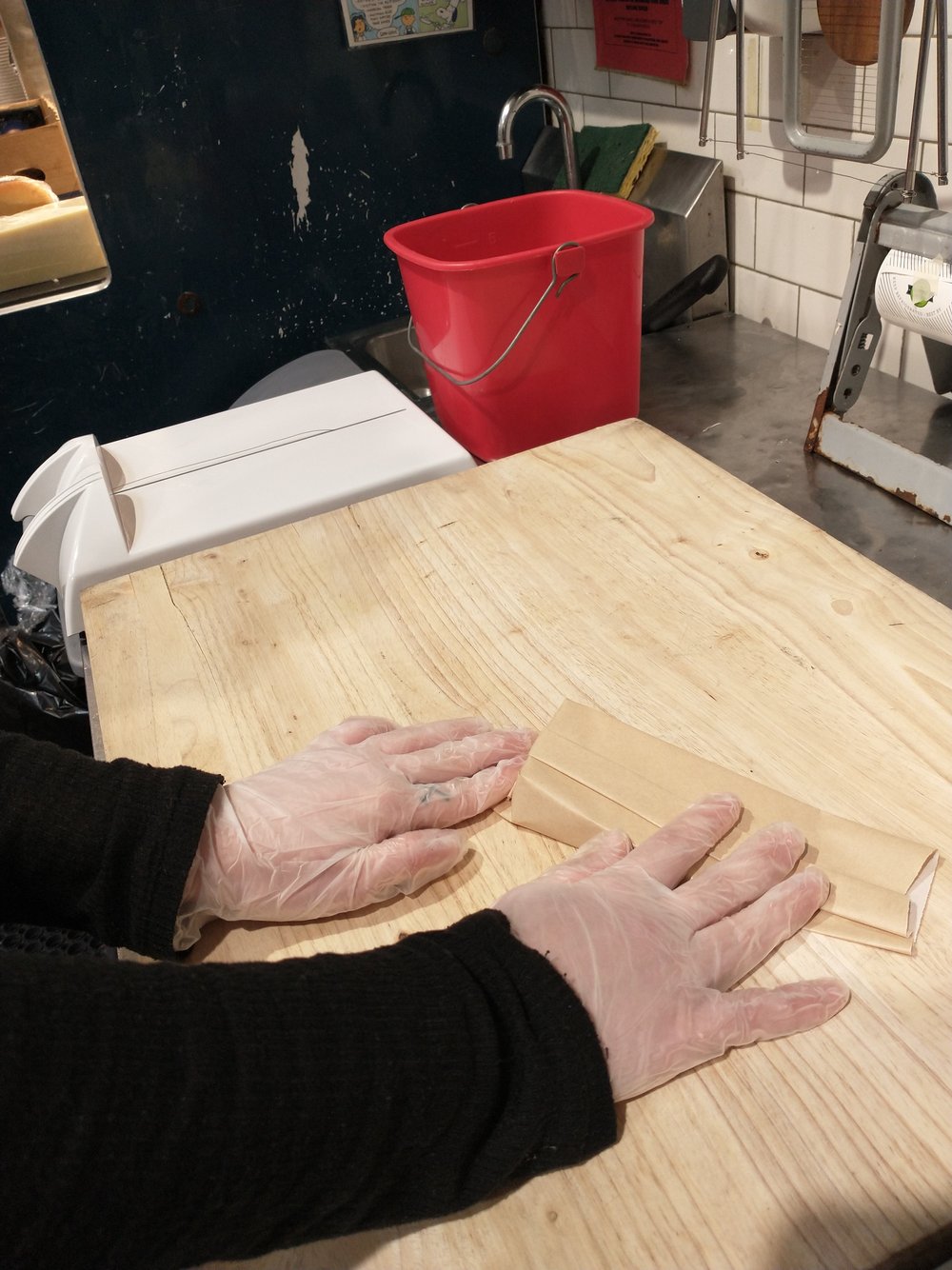
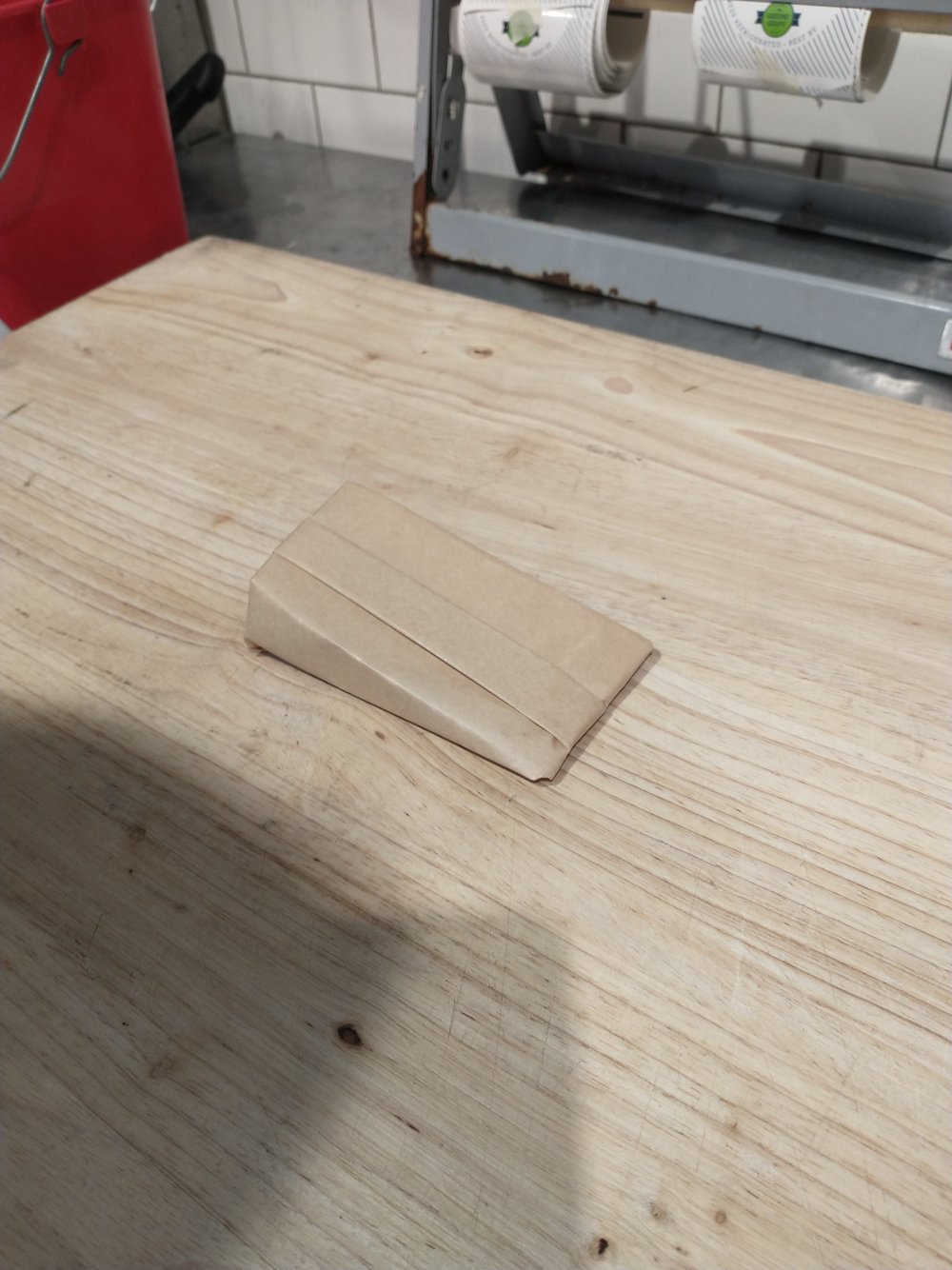
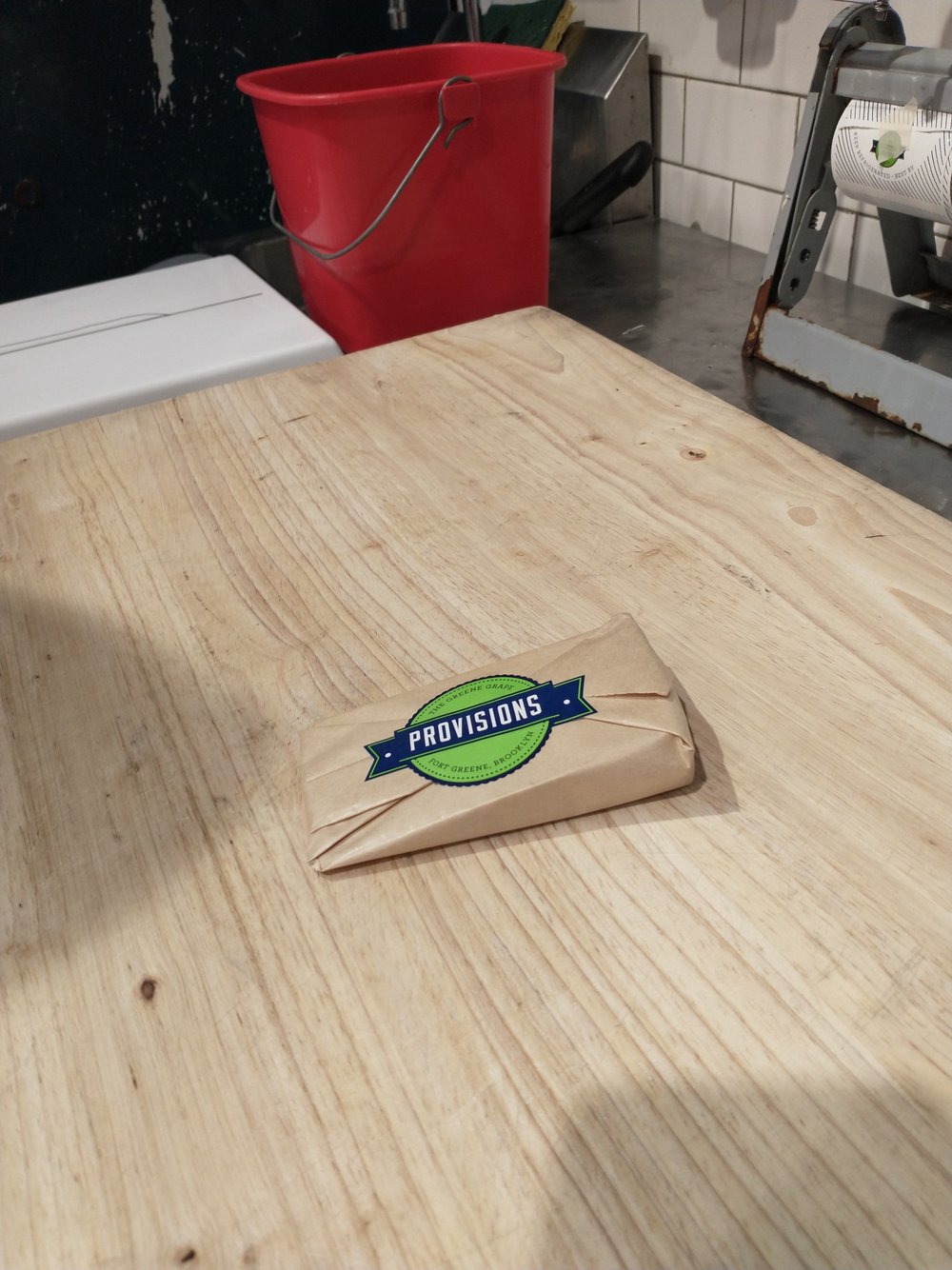
D’Albero also demonstrated for me both methods covered in the Neal’s Yard video: a French-wrapping style where the ends of the cheese paper are brought up above the cheese, with a number of subsequent descending folds made until the paper meets the surface of the cheese. This method finishes with a technique that you will very much recognize from gift-wrapping, where the ends are folded against the cheese and tucked under. A single piece of tape may secure the entire parcel, or as the Neal’s Yard video suggests, the weight of the cheese itself can keep the wrapping secure without any tape whatsoever.
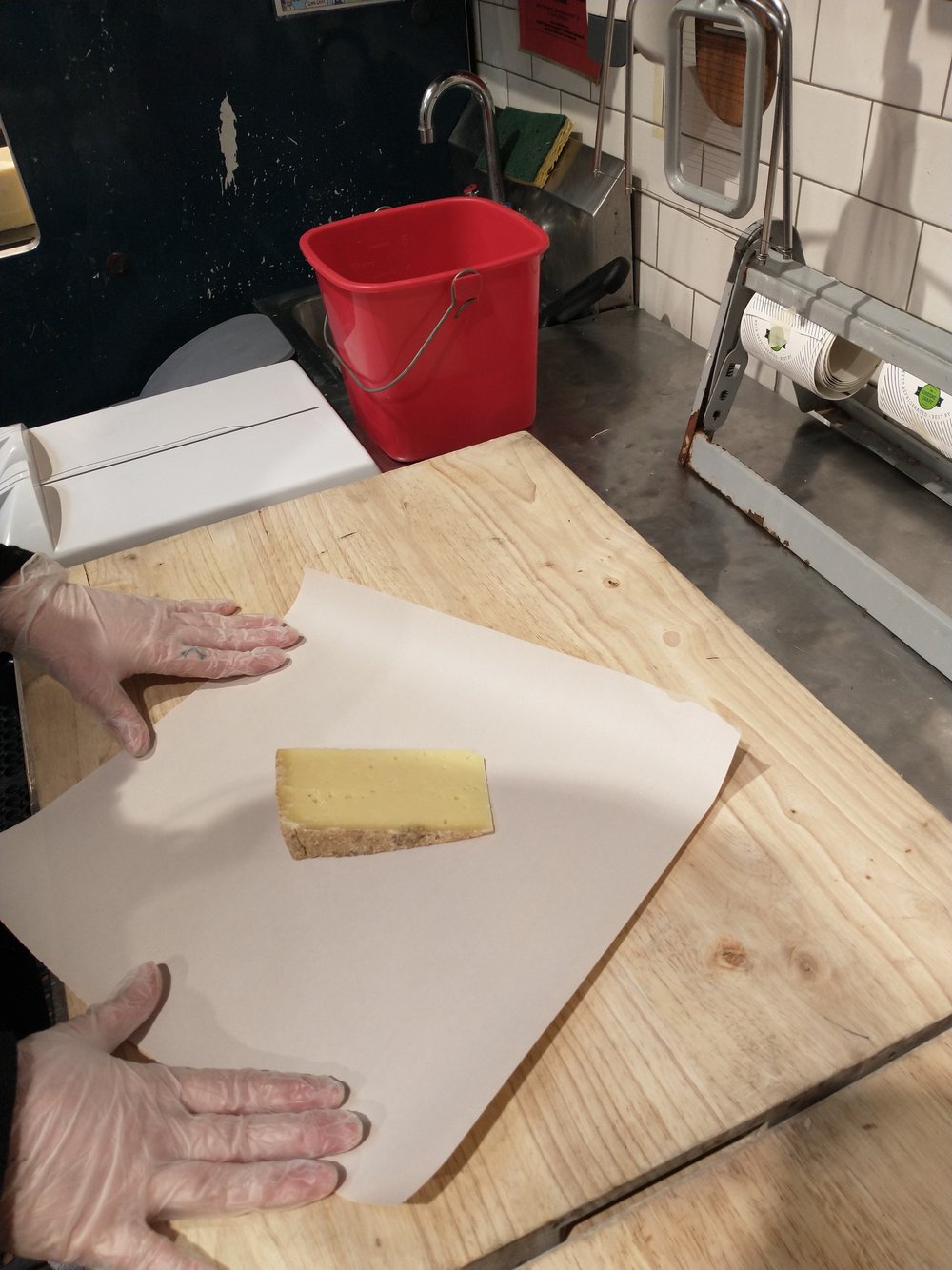
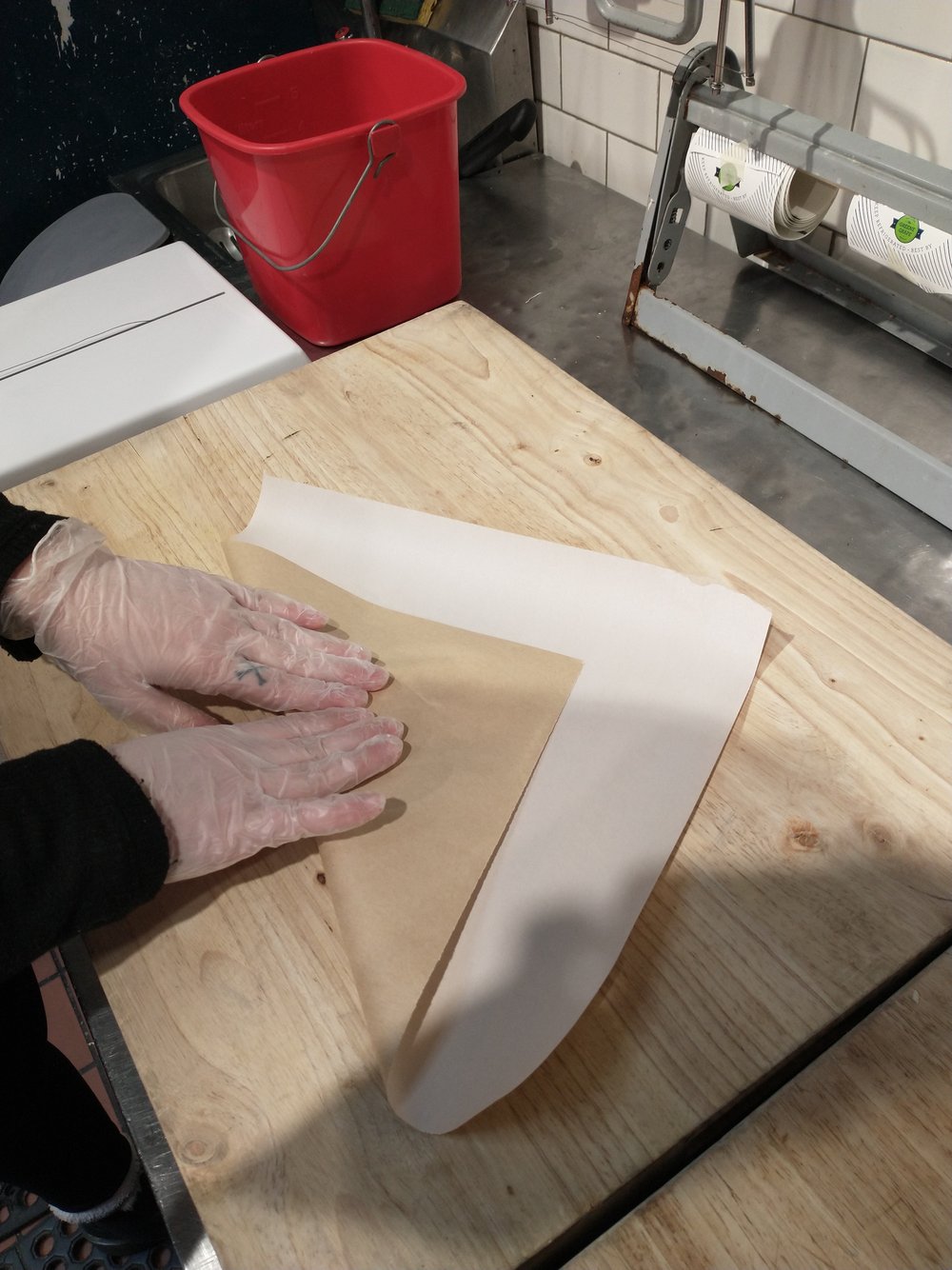
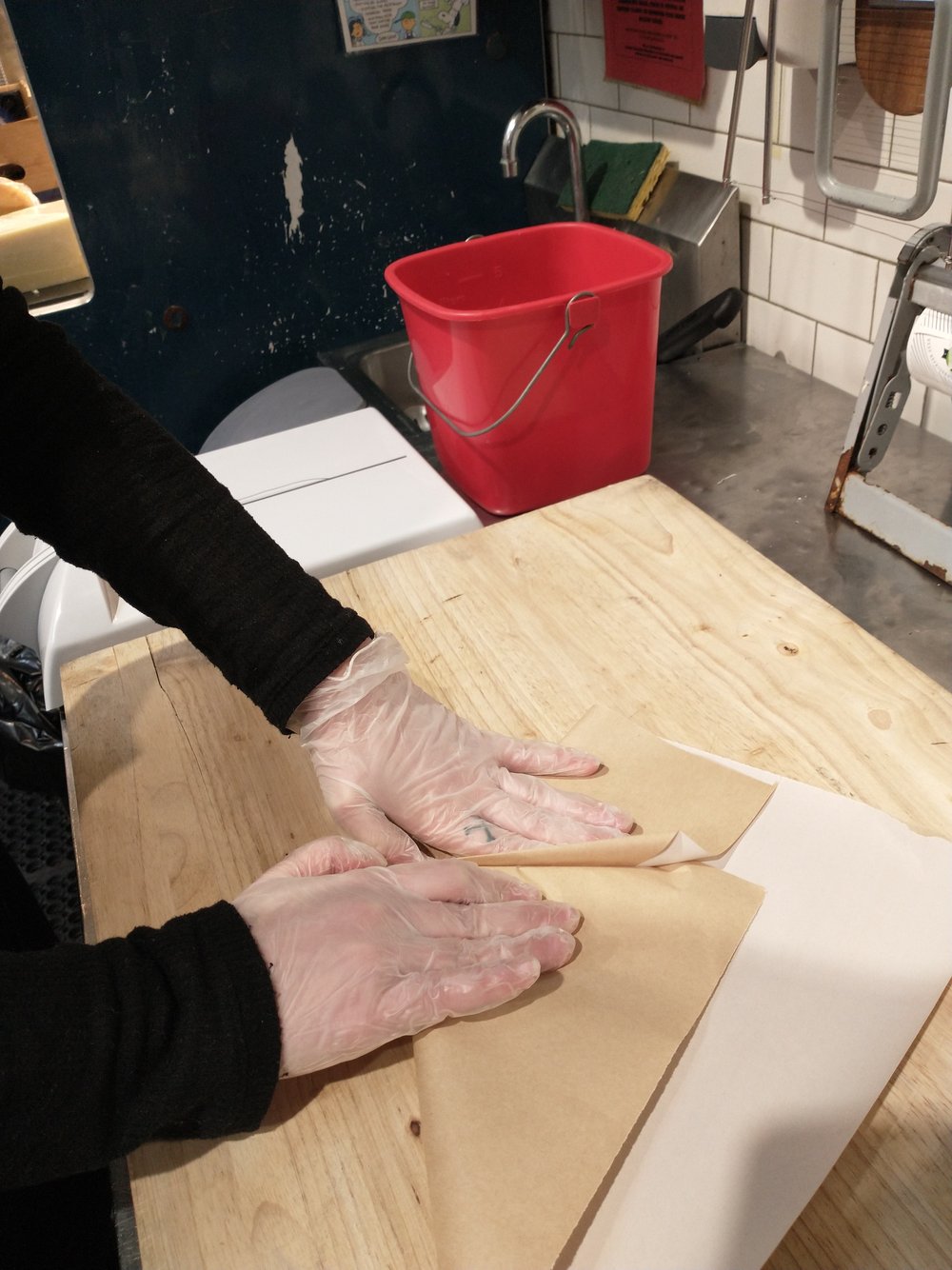
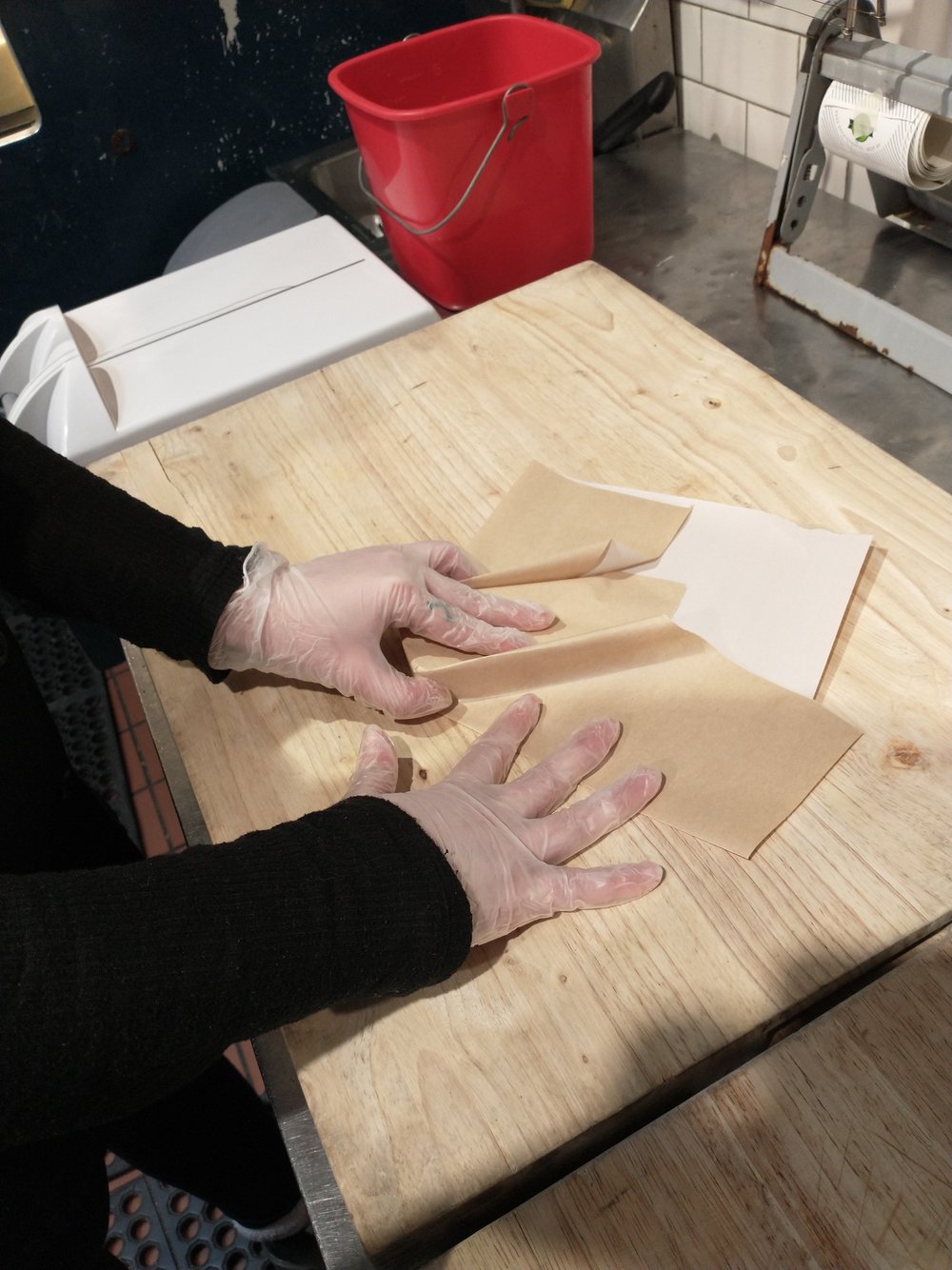
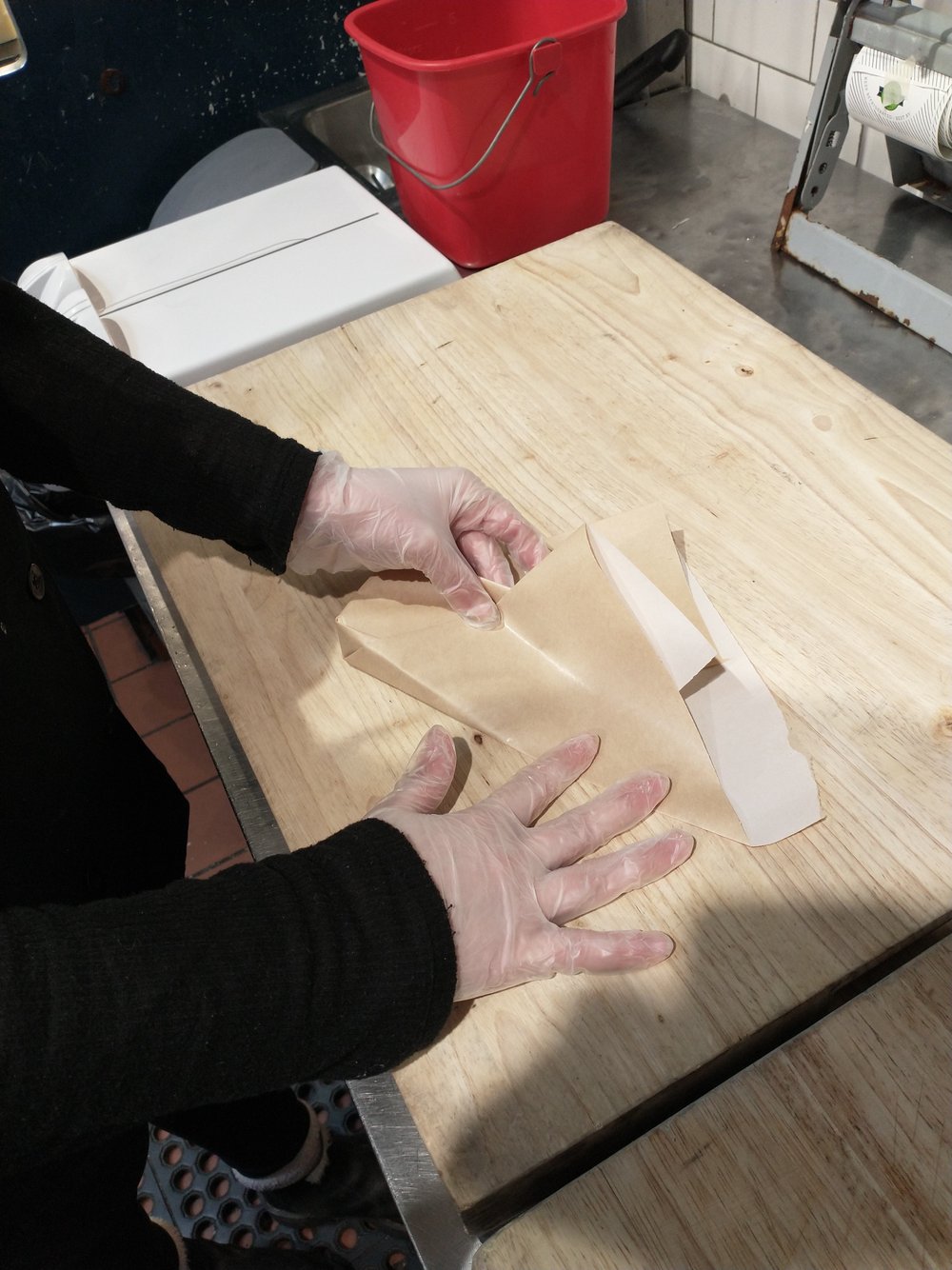
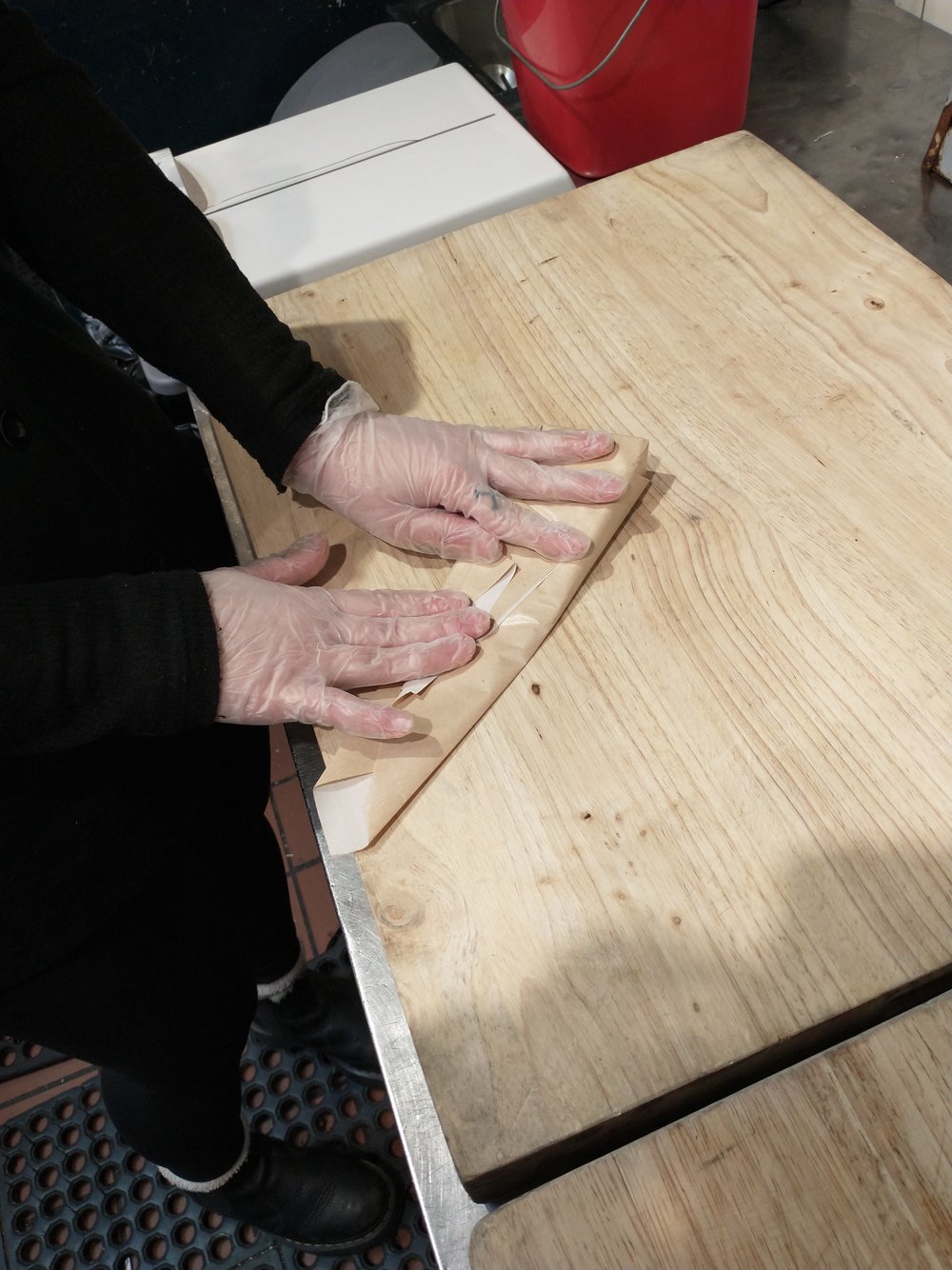


The second method begins with folding one corner of the paper over the face of the cheese, with tight folds made against the sides and over the top, finishing with a final fold that can also either be secured with tape or with gravity. Neither D’Albero nor the Neal’s Yard video reveal a name for this technique, so I’ll call it what it looks like when in progress: the paper airplane method.
“Once you see people do it a few times you’ll be more comfortable,” encourages D’Albero. “You can pick the style that works best for you, and that you find to be the easiest.”
Practical Considerations for Cheese-Wrapping
“My number one consideration is the size of the paper,” says D’Albero. “If you’re wrapping a small piece of cheese you don’t want a giant piece of paper, which is just going to make the wrap harder, and make it messier.” Symmetrical cheeses like round, bloomy rinds may require a square shape, whereas longer wedges or slices from a large-format cheese generally require a rectangular piece. Knowing which to use when will come with practice and experience.
The snugness of the paper against the cheese isn’t just aesthetic, but also good for the cheese. High quality cheese paper already lets the cheese breathe, and wicks moisture away from the surface, so there’s no need to let additional air in with loose wrapping. “The two main things I look for when wrapping cheese is to keep it as tight as possible, and to keep your angles really sharp.” says D’Albero.
Also, since you’re not likely to be competing against anyone but yourself while wrapping cheese at home, there’s no need for speed. “When I’m doing it behind the counter, I like to take my time,” admits D’Albero. “I like to make sure all the angles are good and make sure it looks really nice.”
Because holiday time or no, cheese is always a gift deserving of beautiful wrapping.
For more practical cheese techniques and products, check out How to Buy Cheese Like a Pro, The 3 Keys to Keeping Cheese Fresh, and our Cheese Gear Shopping Guide.
